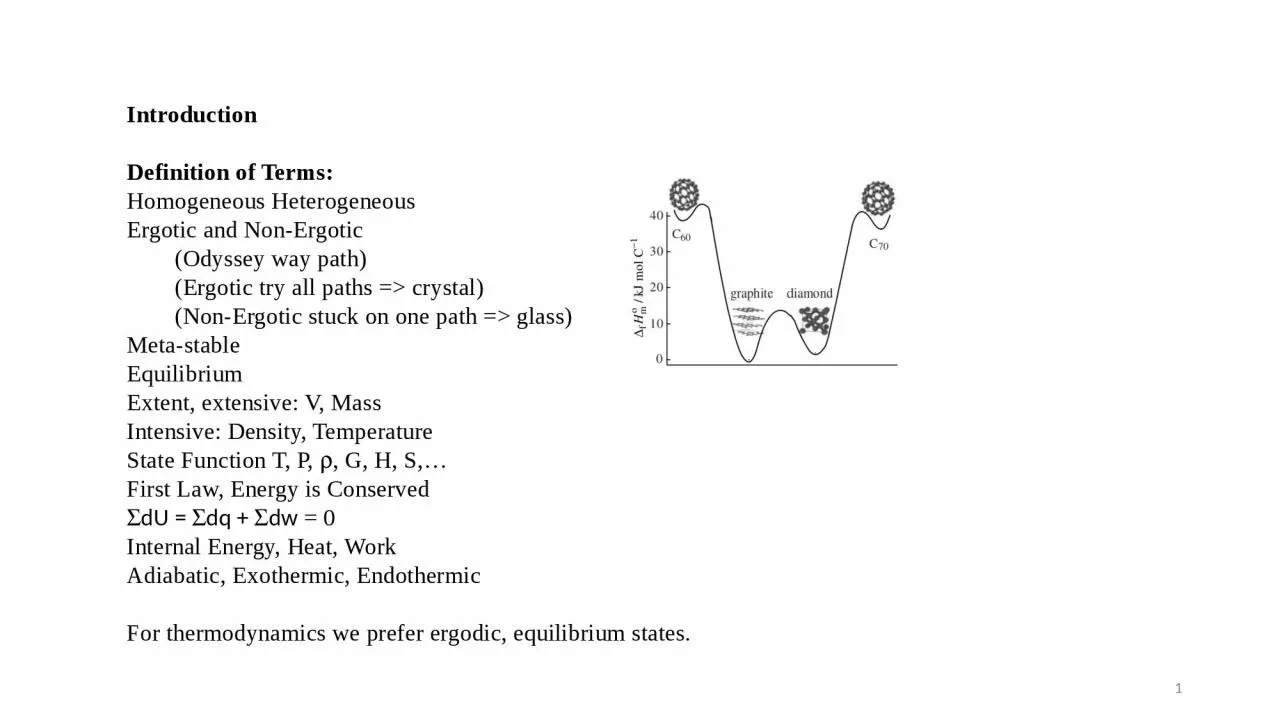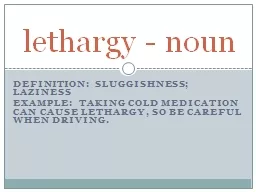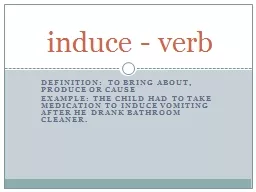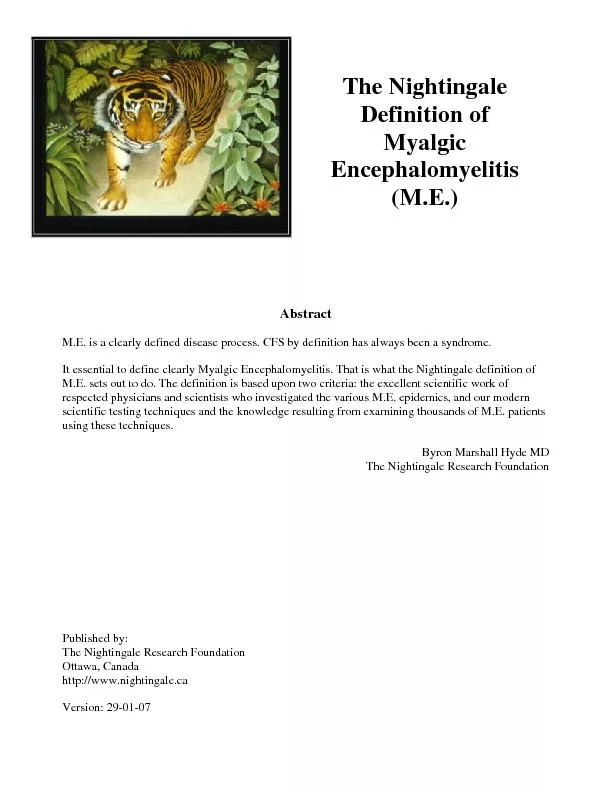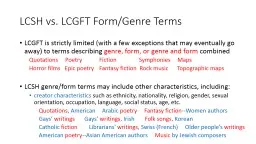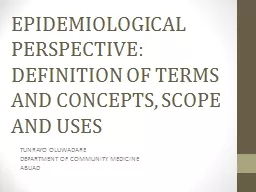PPT-Introduction Definition of Terms:
Author : byrne | Published Date : 2022-06-11
Homogeneous Heterogeneous Ergotic and Non Ergotic Odyssey way path Ergotic try all paths gt crystal Non Ergotic stuck on one path gt glass Metastable Equilibrium
Presentation Embed Code
Download Presentation
Download Presentation The PPT/PDF document "Introduction Definition of Terms:" is the property of its rightful owner. Permission is granted to download and print the materials on this website for personal, non-commercial use only, and to display it on your personal computer provided you do not modify the materials and that you retain all copyright notices contained in the materials. By downloading content from our website, you accept the terms of this agreement.
Introduction Definition of Terms:: Transcript
Download Rules Of Document
"Introduction Definition of Terms:"The content belongs to its owner. You may download and print it for personal use, without modification, and keep all copyright notices. By downloading, you agree to these terms.
Related Documents

